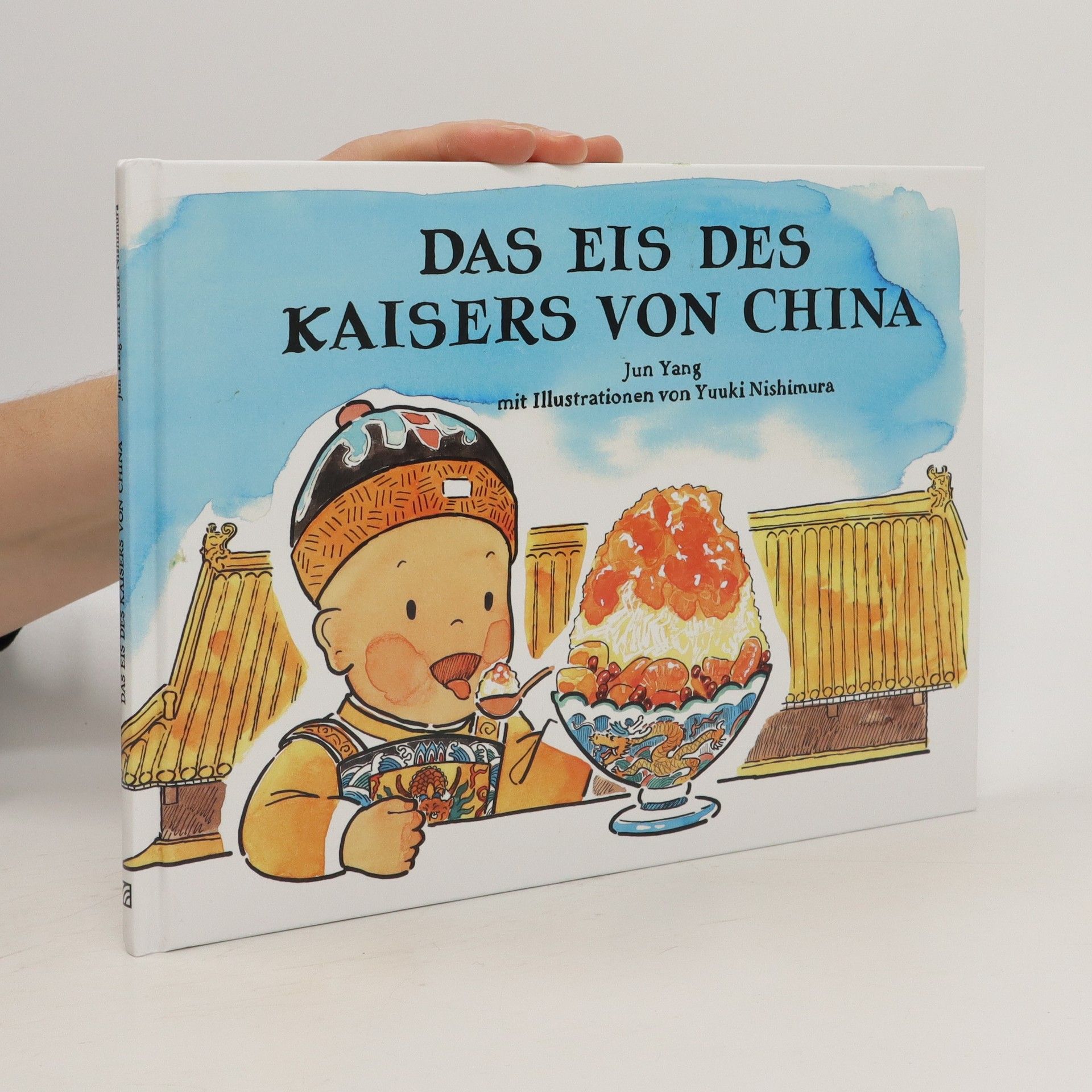Mapping Crowdsourcing Translation in China
A Multidimensional Assessment of Yeeyan
- 232 stránek
- 9 hodin čtení
The book explores the innovative application of crowdsourcing for translation within China, specifically through the lens of Yeeyan, the country's largest translation community. It delves into how this platform facilitates collaborative efforts in translating texts, highlighting its impact on language accessibility and cultural exchange. Through this examination, the author sheds light on the dynamics of community-driven translation and its implications for the broader translation landscape in China.


